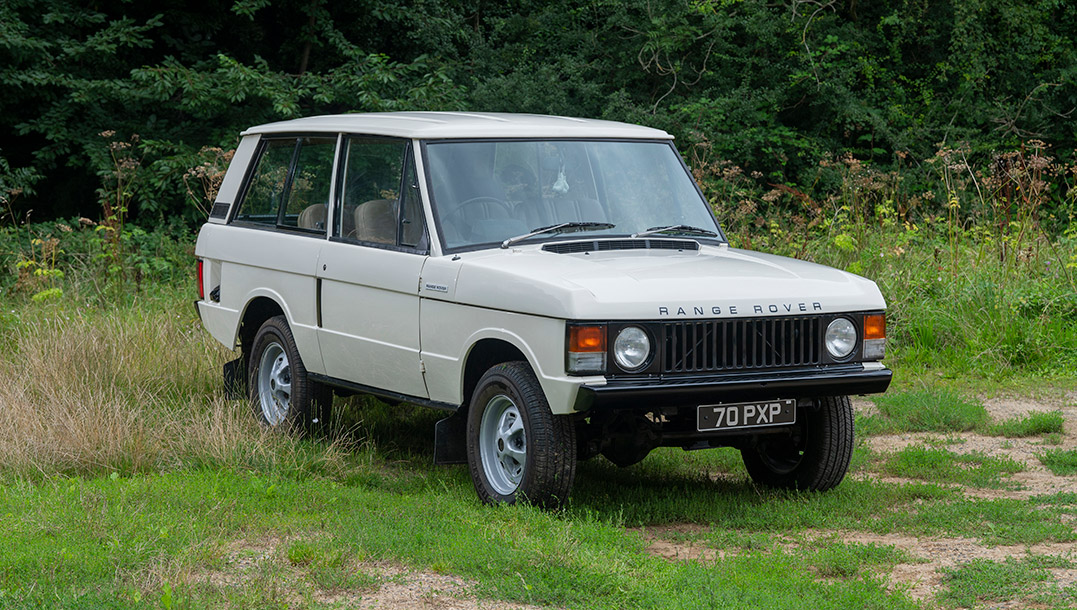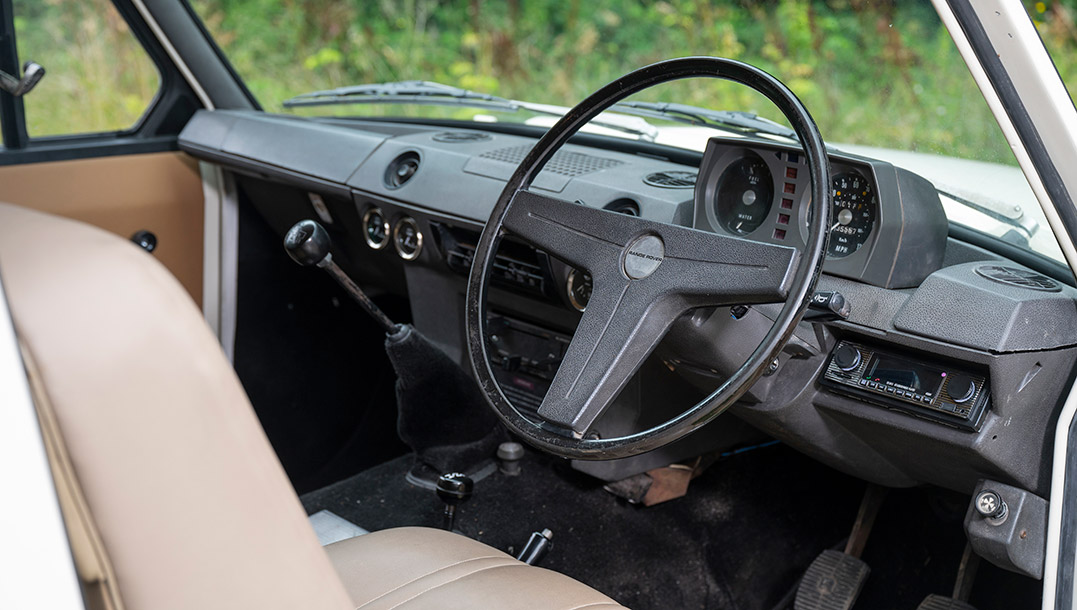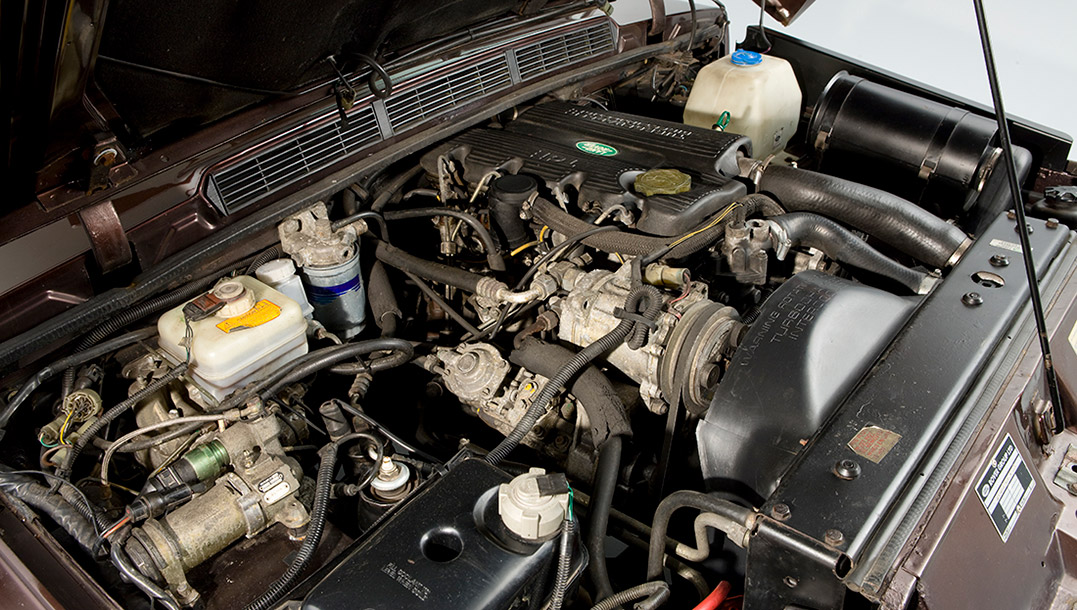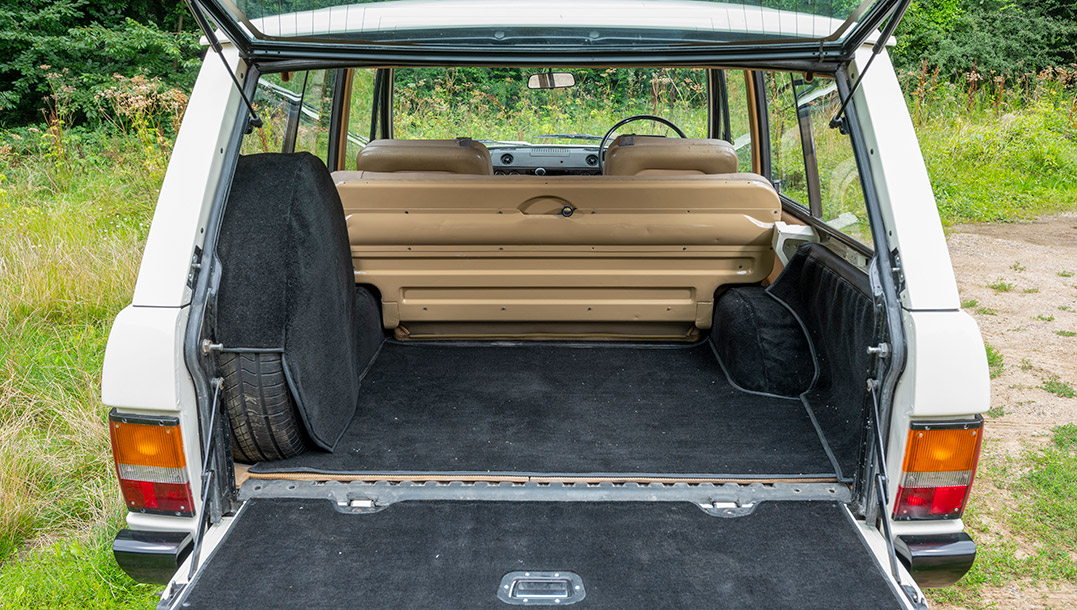The Range Rover Classic is a name that resonates with luxury and rugged capability. When it first arrived in North America in 1987, it quickly became a sought-after vehicle. This SUV was known not just for its elegant design but also for its unmatched performance in off-road conditions.
Its debut in the US marked a significant milestone for Land Rover, making it one of the most desirable vehicles in its segment.
In 1989, Range Rover North America organised the Great Divide Expedition, showcasing the vehicle’s durability and performance. This journey highlighted the Range Rover Classic’s ability to handle tough terrains, further cementing its reputation. By 1995, the Classic was ready to evolve into the next generation, but the legacy it left behind remains unmatched.
The first generation Range Rover, often referred to as the Series 1, continued to be a popular choice until 1996. Its combination of luxury and capability made it a perfect vehicle for both urban settings and adventurous expeditions. If you’re looking for a vehicle that represents both class and performance, the Range Rover Classic is a timeless choice.
Historical overview
The Range Rover Classic has a rich history, spanning its origins in the United Kingdom to its eventual arrival in North America.
Origins and British Leyland era
The Range Rover Classic was first introduced in 1970 and quickly became a pioneering vehicle in the luxury SUV market. It was developed by the Rover Company, which was then part of British Leyland. The original intent was to create a versatile vehicle that combined off-road capabilities with on-road comfort.
During the early years, the Range Rover Classic gained popularity for its innovative design, offering features like a permanent four-wheel drive and a boxy yet stylish shape. These initial models laid the foundation for future luxury SUVs.

Series models and evolution
Over the years, the Range Rover Classic underwent several changes and improvements. The Series I, introduced in 1970, came with a 3.5-litre V8 engine and was well-received for its powerful performance.
In the 1980s, the Series II brought enhancements such as electronic fuel injection, which helped improve fuel economy and performance. The Series III, launched later, introduced further advancements like the automatic transmission and anti-lock brakes, solidifying the Range Rover’s place in the SUV market.
North American market entry
The Range Rover made its debut in the US market in 1987. Land Rover established Range Rover of North America in Lanham, Maryland, to import these SUVs. Initial shipments came through Baltimore and Long Beach, California.
This move aimed to tap into the growing demand for luxury SUVs in America. Land Rover North America started with specific models tailored for local preferences, which included adaptations like meeting US emissions standards and adding features such as catalytic converters.
The strong performance, combined with luxury features, made the Range Rover an instant hit in the US. You can find parts and services for these classic models through Rimmer Bros, which specialises in NAS Range Rover products.
Design and features
The Range Rover Classic is known for its distinctive design and luxurious features. This section covers the important aspects, such as the body and chassis, interior luxury with a focus on the AC system, and the unique models and limited editions.
Body and chassis
The Range Rover Classic features a strong yet lightweight chassis that enhances its off-road capabilities. The two-door model was the original design, providing a sturdy, compact structure. Later, a four-door model was introduced to offer more convenience and space.
The body design emphasises a boxy, utilitarian look while retaining a stylish appeal. Its high ground clearance and solid build make it suitable for rough terrains, appealing to both adventure seekers and luxury car enthusiasts.
Interior luxury and AC system
Inside, the Range Rover Classic offers a luxurious experience with high-quality materials and advanced features. The seats are typically covered in premium leather, providing both comfort and style. The dashboard design is practical and elegant, featuring easy-to-use controls.
A standout feature is the air conditioning system, which was ahead of its time. It ensures a comfortable temperature within the vehicle, adjusting to both hot and cold climates efficiently. This makes the Range Rover Classic ideal for long drives and varying weather conditions.

Unique models and limited editions
Several unique models and limited editions of the Range Rover Classic were released over the years. One noteworthy model is the Tickford, a special edition with enhanced luxury features and unique styling cues.
There were also collaborations with brands like Bentley, adding even more exclusivity to some models. These special editions often included additional luxury touches and customisations, making them highly sought after by collectors. The limited production runs ensure that these models remain rare and valuable.
Utilising these design elements and features, the Range Rover Classic continues to be a symbol of luxury and ruggedness in the SUV market.
Engineering and performance
The Range Rover Classic in North America is known for its powerful V8 engine, excellent off-road capabilities, and remarkable handling and drivability. Each of these aspects contributes to the vehicle’s reputation as a leading luxury SUV.
Powertrain and V8 engine
The heart of the Range Rover Classic is its robust powertrain, featuring a notable V8 engine. This engine, originally developed by Rover, provides impressive torque and horsepower. The displacement typically varied from 3.5 to 4.2 litres over different models and years.
The V8 engine delivers a smooth driving experience, balancing power and efficiency. It was designed to handle both daily driving and challenging terrains.
Fuel injection systems were upgraded over the years, enhancing performance and fuel economy. This makes the vehicle well-suited for long-distance journeys and tough conditions.

Off-road capabilities
One of the defining features of the Range Rover Classic is its off-road prowess. Equipped with a permanent four-wheel-drive system, it excels in diverse terrains. The high ground clearance and solid axle suspension system allow it to navigate rocky paths, steep inclines and deep water crossings.
A sophisticated transfer box with low-range gearing provides additional torque for extreme off-road conditions. The sturdy frame and durable body enhance its ability to withstand the harsh environments often encountered in off-road adventures. These features combined make the Range Rover Classic a favourite among off-road enthusiasts.
Handling and drivability
Despite its rugged off-road capabilities, the Range Rover Classic offers commendable handling and drivability on paved roads. The suspension system, which includes coil springs and later air suspension, ensures a smooth ride.
Power steering aids in manoeuvrability, making the vehicle easier to handle in urban settings and tight spots. The split tailgate design also adds to its convenience, facilitating easier access to the cargo area.

The braking system, featuring disc brakes on all four wheels, contributes to confident stopping power, further enhancing safety. This unique blend of comfort and control has solidified the Range Rover Classic’s reputation as a versatile vehicle suitable for both everyday driving and adventurous exploits.
Frequently Asked Questions (FAQs)
The Range Rover Classic remains a favourite among collectors and off-road enthusiasts. This section addresses key questions about model years, authenticity, common issues, market value changes, regional differences and maintenance costs.
Which are the most sought-after model years of the Range Rover Classic for collectors?
Collectors often seek the early model years, particularly from 1970 to 1973. These models are rare and embody the original design and features that made the Range Rover Classic iconic.
How can one verify the authenticity of a Range Rover Classic when purchasing?
To verify authenticity, look for matching VIN numbers on the chassis and engine. Additionally, original factory documentation and service records can confirm the vehicle’s history. Check for any aftermarket modifications that may affect authenticity.
What are the common issues to look for when buying a used Range Rover Classic?
Common issues include rust, especially on the chassis and body panels. Electrical problems and worn-out suspension components are also frequent concerns. Always get a thorough inspection from a qualified mechanic to avoid costly repairs.
How has the value of the Range Rover Classic changed in the market over the past decade?
Over the past decade, the value of the Range Rover Classic has generally increased. Early models and well-maintained vehicles with original parts have seen significant price rises, reflecting growing interest from collectors and enthusiasts.
What are the differences between the Range Rover Classics sold in North America and those in other markets?
North American models often have different engine options and additional emissions controls compared to those sold in Europe and other regions. For example, many North American models come with a petrol V8 engine, which may not be common elsewhere.